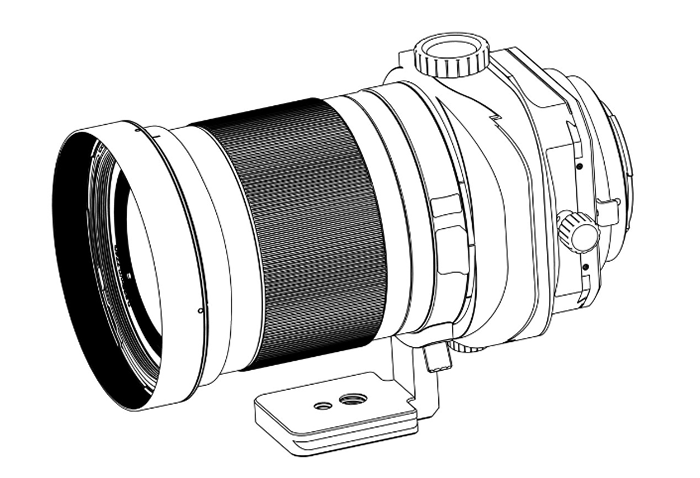Sony A7s review by TheCameraStoreTV! A7s is shipping in US, Europe and Canada!
Chris from TheCameraStore tested the new A7s and to learn what he thinks about the camera just watch the video I posted here on top!
The A7s is shipping in US and Canada according to mails I got from SAR readers.
Lee: “Got my a7s today at my local camera store in san diego. open box link if you don’t already have one. https://www.flickr.com/photos/canonmonster/14492680316/”
Thodoris: “Yesterday I got my hands on the Sony A7s – I covered Ejekt Festival 2014 with it. Ejekt is a festival in Athens, Greece, and the big names this year were Editors and Kasabian. Here are the results: http://thodorismarkou.com/blog/2014/06/ejekt-festival-2014-editors-kasabian/
I used the new Carl Zeiss 24-70mm/f4 and the 1993 Minolta 85mm/f1.4 with the LA-EA4 adapter. The autofocus was amazing with both lenses. I was expecting the contrast-detection system to show a bit of lagging, but no, it was focusing on the ever-moving musicians quite easily. It was lightning-fast as my A99 but it was very accurate and did not hinder me at any point.
All of the Kasabian images were shot on ISO 6400, and some of them were shot in even higher ISO values. I found that I could easily shoot ISO 12800 and match the performance of the Sony A99 at ISO 4000-5000. The last (setlist) image, for example, is ISO 20000. I’ve left the EXIF information on the files.
I gave the camera here and there to professional Nikon and Canon guys, and there was a lot of jaw-dropping with the high-ISO performance of the Sony A7s – they could not believe that this camera can shoot ISO 51200 and produce such clean results.”
Anonymous: “Sony Store in Toronto Canada just called. My A7S is in. I’m going to pick it up today.”
Sony A7s store links:
Sony A7s preorder in USA/CA at Amazon, Adorama, BHphoto, Sony USA, Sony Canada.
Sony A7s EU pages: Sony DE, UK, ES, FR, IT, NL, BE, AT, CH, SE, NO, FI, PL. And Wex UK.




